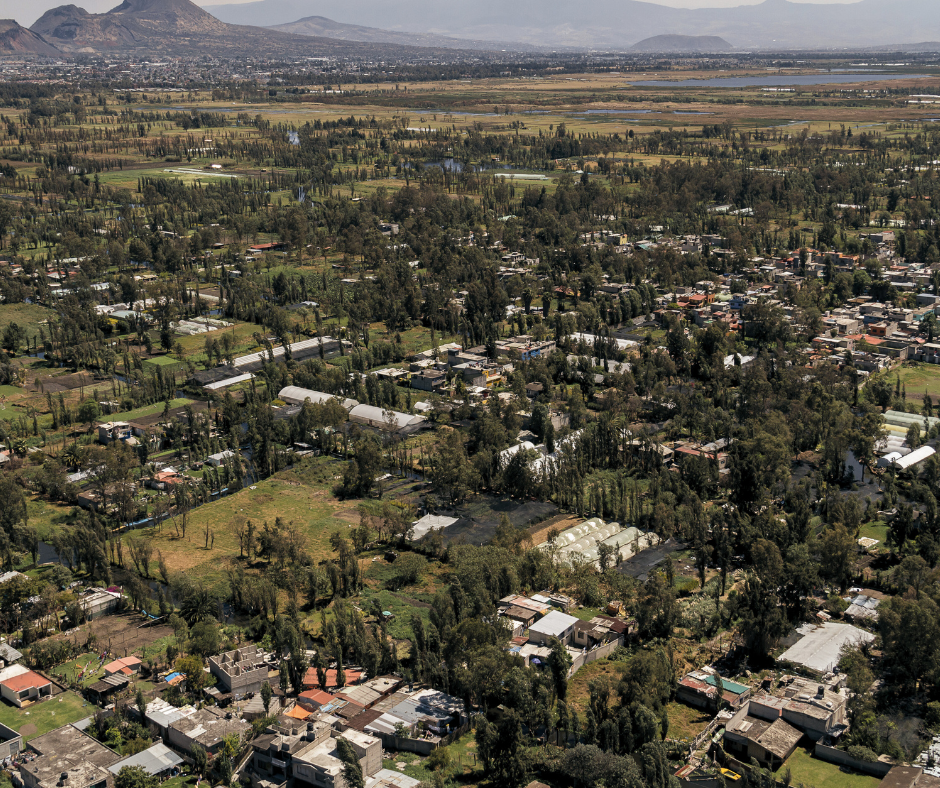
Sustaining the City: How Mexico’s Chinampas Fed a Civilization
Summary
The chinampas, ancient Mesoamerican “floating gardens,” represent a remarkable achievement in engineering and urban development, playing a crucial role in sustaining civilizations like the Aztec Empire. This article explores the historical and cultural significance of chinampas, their role in feeding large populations, and their continuing relevance today. Highlighting the enduring importance of chinampas in agricultural history, it also examines their potential to inform modern sustainable practices.
Reflection Questions
- Chinampas were a sustainable innovation that allowed ancient civilizations to thrive. In what ways do you see women today contributing to sustainable practices, whether in agriculture, business, or community development? How can women lead the charge in promoting sustainability in modern society?
- Chinampas are not only an agricultural achievement but also a cultural heritage. How do you see the role of women in preserving cultural practices while adapting them to meet contemporary needs? Can you think of examples where women have been at the forefront of such efforts?
- The knowledge of building and maintaining chinampas was passed down through generations. How important is it for women to be involved in education, particularly in teaching about sustainability and cultural heritage? What role can women play in ensuring this knowledge is passed on to future generations?
Journal Prompt
The chinampas not only highlight an innovative agricultural method but also represent a rich cultural heritage that has survived through centuries. Reflect on the concept of cultural heritage and its relevance in your life and community. How do you connect with, preserve, or adapt cultural traditions in your personal life and the wider community? Consider writing about a specific cultural practice that is important to you or your family, and explore its origins, significance, and how it has been adapted or maintained over time. How does this practice contribute to your sense of identity and continuity in the modern world? Additionally, contemplate the role of women in preserving cultural heritage. Are there women in your life who have been custodians of cultural knowledge? How can you, in turn, contribute to the preservation and evolution of cultural practices? Think about ways in which you can bridge the gap between tradition and modernity, ensuring that valuable cultural practices continue to enrich and inform future generations, much like the enduring legacy of the chinampas.
The Chinampas agricultural system still exists as an impressive feat of ancient Mesoamerican engineering and urban development. These man-made floating islands, often referred to as “floating gardens,” were crucial in supporting the sustenance and growth of civilizations such as the Aztec Empire in the region now known as Mexico. In this article, we will consider the integral role chinampas played in feeding large populations, their profound historical and cultural impact, and the relevance and application of remaining chinampas in the contemporary world well beyond Central America. Through this exploration, the enduring significance of chinampas in the tapestry of agricultural history and their potential lessons for modern sustainable practices are brought to light.
What Are Chinampas?
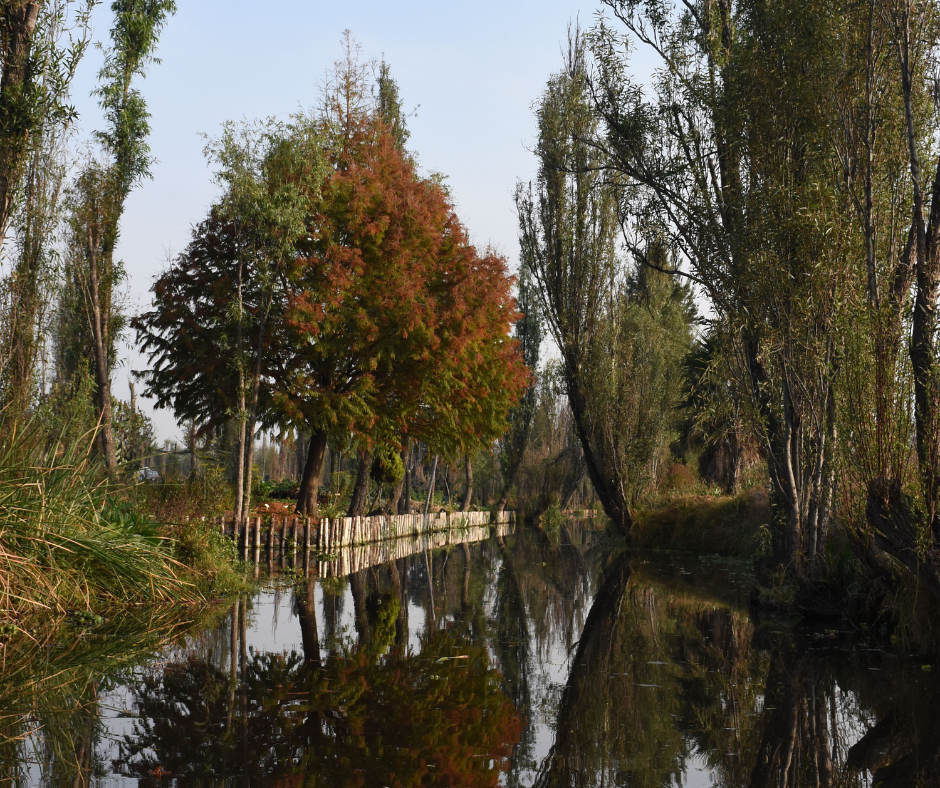
Chinampas, often termed as ‘floating gardens’, were an ingenious form of ancient agricultural production practiced in the pre-Columbian Americas. These were essentially artificial islands created by staking out shallow freshwater lakes and then layering them with mud, sediment, and decaying vegetation.
This method resulted in rectangular plots with incredibly fertile chinampa soil that was remarkably productive and able to support multiple harvests throughout the year. The structure was usually stabilized with willow trees planted at the corners, which also helped in consolidating the soil. The interconnected network of canals surrounding these islands facilitated easy transportation and irrigation, further enhancing their agricultural efficiency.
Geographical Context
Chinampas were predominantly constructed in the shallow lakes of the Valley of Mexico, a region that includes present-day Mexico City and its surrounding areas. This technique was notably employed in Lake Xochimilco and Lake Chalco.
The geographical characteristics of these areas, including their abundant freshwater and the lake system’s natural endowment of a rich and varied ecosystem, provided an ideal environment for the chinampas. These artificial islands transformed the landscape into a highly productive agricultural zone, supporting the burgeoning population of the Aztec capital, Tenochtitlan, and other nearby settlements.
Origins and Inventors of the Chinampa System
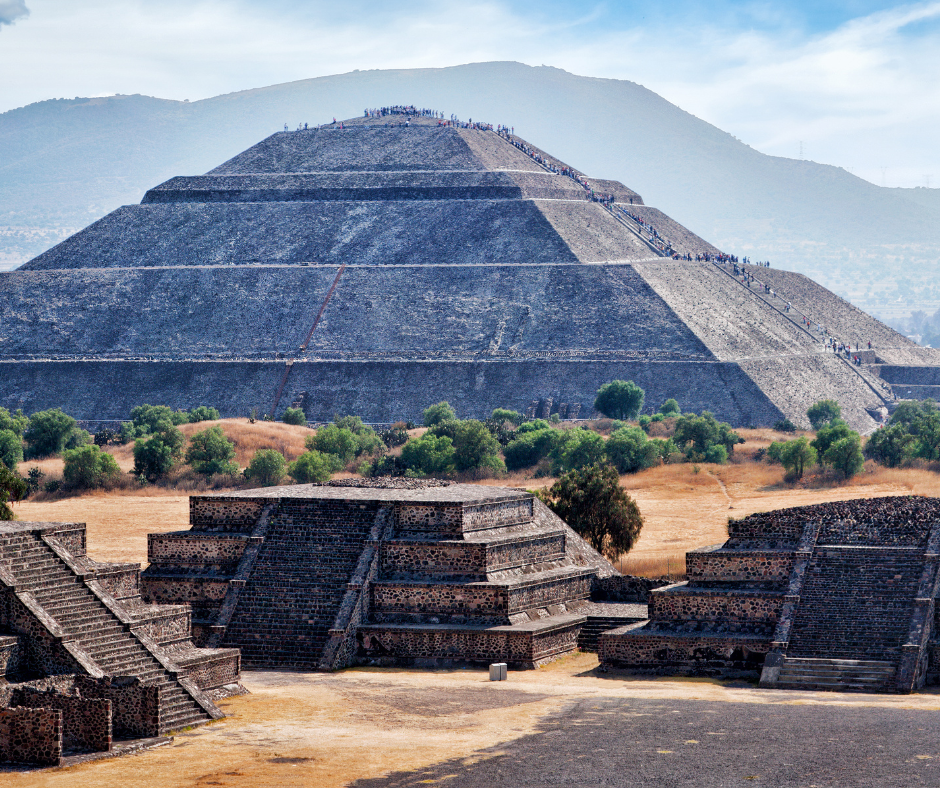
The genesis of chinampas can be traced back to ancient civilizations, primarily in the Mesoamerican region. These agricultural structures emerged as a response to challenging environmental conditions, where arable land was scarce, and the need for efficient food production was high.
Historical records and archaeological evidence suggest that the development of chinampas began as early as the 9th century AD. Their evolution over time showcases a remarkable adaptation to the lacustrine environment of the Valley of Mexico, turning the swampy lake system into one of the most productive agricultural lands in the pre-Columbian Americas.
Cultural Groups Associated with the Chinampas
The Aztec Civilization is most notably linked with the proliferation and refinement of chinampa agriculture. However, their development and use were not exclusive to the Aztecs. Earlier Mesoamerican cultures, including the Xochimilca, Tepaneca, and Tolteca-Chichimeca, also played significant roles in the early development and use of chinampas.
These civilizations recognized the potential of chinampas to support large populations and strategically used them to enhance food security and urban sustenance, especially in densely populated areas such as Tenochtitlan.
Fuel your creative fire & be a part of a supportive community that values how you love to live.
subscribe to our newsletter
*please check your Spam folder for the latest DesignDash Magazine issue immediately after subscription

Technological Innovation
The construction of chinampas represented a significant technological innovation in pre-Columbian Mesoamerican agriculture. Builders first created a grid of canals, then anchored the chinampas using stakes driven into the lake bed. They filled these framed areas with lake sediment, decaying aquatic vegetation, and other organic materials dredged from the bottom of the lakes, creating fertile plots.
The method included a sophisticated understanding of hydraulic engineering, ecology, and farming techniques, allowing for intensive and sustainable crop cultivation. This innovative approach enabled year-round farming, with some sources suggesting up to seven harvests per year, a testament to the highly productive nature of these agricultural systems. The result was an island city with its own drainage system and incredibly productive floating gardens.
The Chinampas’ Role in Sustaining Civilizations
Agricultural Importance
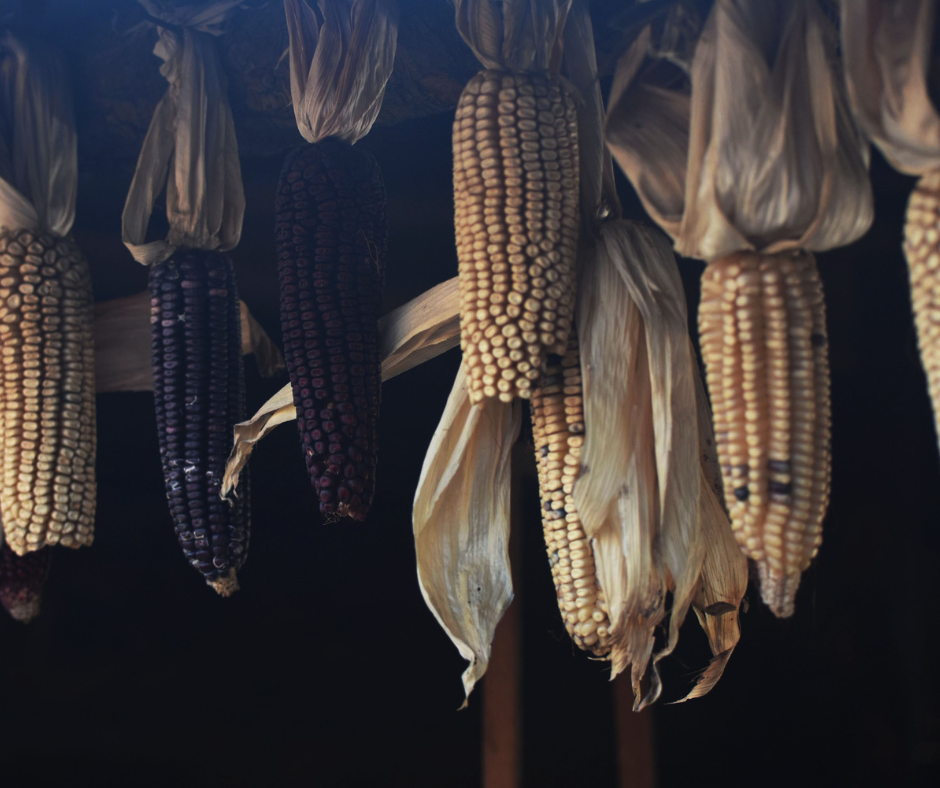
Chinampas played a critical role in the agricultural landscape of Mesoamerican civilizations, particularly in supporting large populations in urban centers like Tenochtitlan which had access to Lake Texcoco. Their design allowed for an intensive form of agriculture, where the rich, cultivated soils and easy access to water led to high crop yields.
These agricultural islands were adept at producing a variety of crops, including maize, beans, squash, amaranth, and chili peppers, essential staples that formed the diet of the local population. The year-round cultivation capability of chinampas, sometimes yielding multiple harvests per year, was crucial in ensuring a steady food supply, which was vital for sustaining large urban populations in pre-Columbian societies.
Economic Impact
The economic significance of chinampas extended beyond mere food production. They were integral to the broader economy of the Aztec Empire and other Mesoamerican civilizations, fostering trade and market growth.
The surplus produce generated by the chinampas was traded in local and regional markets, contributing to a vibrant economy. This trade not only facilitated the exchange of agricultural products but also spurred the movement of goods, cultural exchange, and technological innovations across regions.
Additionally, the chinampa system supported a specialized workforce, including farmers, traders, and builders, indicating a complex economic structure where chinampas were a central element.
Societal Impact
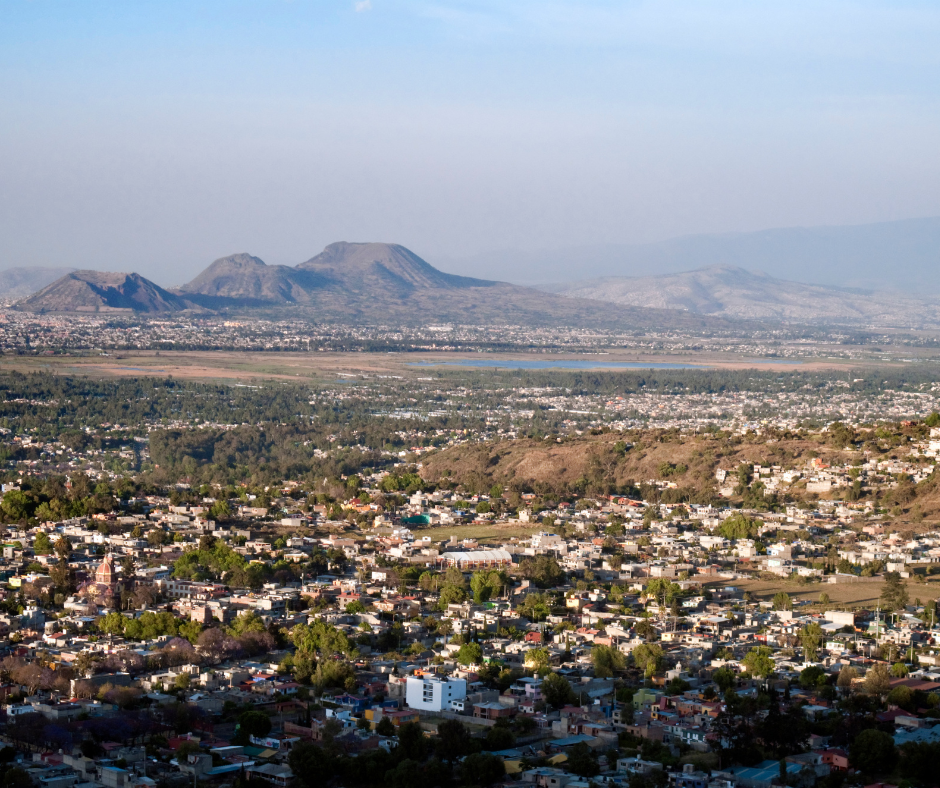
The societal implications of creating chinampas were profound. They influenced the development of social structures, urban planning, and daily life in Mesoamerican cities. The ability to support large populations through efficient production of diverse crops enabled the growth of sophisticated urban centers.
Chinampas contributed to the social organization, with communities often centered around these agricultural areas. They were a part of the communal life, where agricultural practices, festivals, and religious rituals were intertwined.
Moreover, the management and maintenance of chinampas required coordinated community efforts, reflecting a societal model where collective work and resource management were essential for the common welfare.
Historical and Cultural Significance
Connection to Indigenous Practices
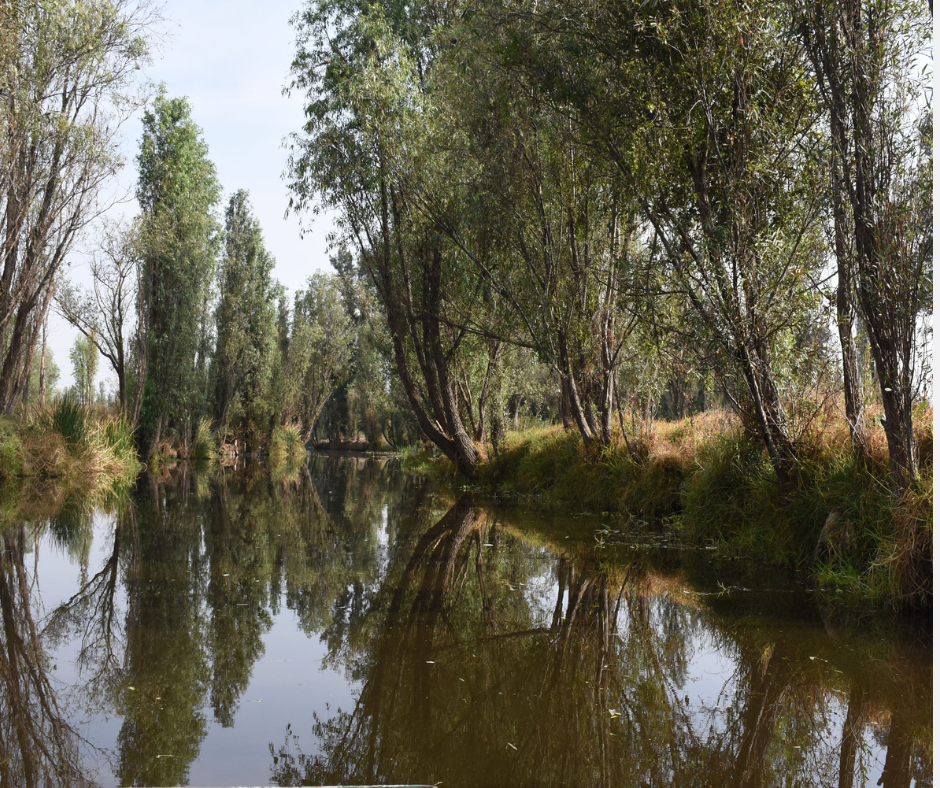
Chinampas are a testament to the ingenuity of indigenous agricultural practices and knowledge in Mesoamerica. These structures were not isolated inventions but part of a broader spectrum of indigenous techniques adapted to diverse environments.
They represent a deep understanding of ecological systems, embodying principles of sustainability and efficiency long before these concepts became prominent in modern agricultural discourse. The integration of chinampas into existing ecosystems without depleting resources illustrates the indigenous commitment to harmonious land use, a principle that holds lessons for contemporary agricultural practices.
Symbolism and Cultural Identity
In the context of Mexican cultural identity and heritage, chinampas are more than just historical artifacts; they symbolize resilience, innovation, and a deep connection to the land. They are emblematic of the rich agricultural heritage of the Aztec and other Mesoamerican civilizations, reflecting a legacy of adaptation and ingenuity.
Chinampas have been ingrained in the cultural memory of Mexico, often featuring in artistic representations, literature, and folklore. Their persistence in regions like Xochimilco, a UNESCO World Heritage Site, underscores their continuing relevance as a symbol of cultural identity and a living link to Mexico’s pre-Columbian past.
Historical Legacy

The historical legacy of chinampas is marked by their enduring presence and the evolving perception of their value through time. Initially vital for sustenance and economic prosperity, chinampas have transitioned into symbols of cultural heritage and historical intrigue.
Throughout history, they have been studied and admired for their contribution to efficient urban planning and sustainable agriculture. In contemporary times, chinampas are increasingly recognized for their potential as models for ecological agriculture and urban food production, demonstrating their timeless relevance.
This evolving appreciation highlights the dynamic nature of their historical significance, from ancient sustenance to modern sustainability.
Modern Chinampas
Today, chinampas continue to be used in certain areas of Mexico, notably in Xochimilco and a few other regions near Mexico City. These remaining chinampas, albeit fewer in number, still function as agricultural plots, producing vegetables, flowers, and other crops.
Local farmers, often descendants of the original builders, maintain these chinampas, preserving the traditional farming techniques passed down through generations. While their scale and economic impact have diminished compared to their pre-Columbian prominence, these surviving chinampas serve as living museums, providing a glimpse into an ancient agricultural practice and sustaining local communities.
Modern Day Chinampa Adaptations
Modern reinterpretations of chinampa agriculture have emerged, driven by a growing interest in sustainable and organic farming methods. Urban agriculture initiatives in various parts of the world have drawn inspiration from chinampas, applying similar principles in creating productive green spaces within city environments.
These adaptations often involve integrating water management and organic farming practices akin to the original system, demonstrating its applicability in addressing contemporary challenges in urban agriculture and sustainability.
Challenges in Preserving the Chinampas System
Preserving the remaining chinampas poses significant challenges, primarily due to urban expansion, pollution, and ecological degradation. The encroachment of urban development threatens the physical space and environmental quality essential for chinampas. Water pollution and loss of biodiversity in the lakes where chinampas exist further undermine their ecological foundation.
Recognizing these threats, local and international efforts have been initiated to protect and restore chinampas. UNESCO’s designation of Xochimilco as a World Heritage Site underscores the cultural and historical importance of chinampas, supporting conservation efforts.
Additionally, local community initiatives, governmental programs, and international collaborations are focused on reviving and sustaining these ancient agricultural marvels in the face of modern challenges.
Final Thoughts on the Floating Gardens of Mexico
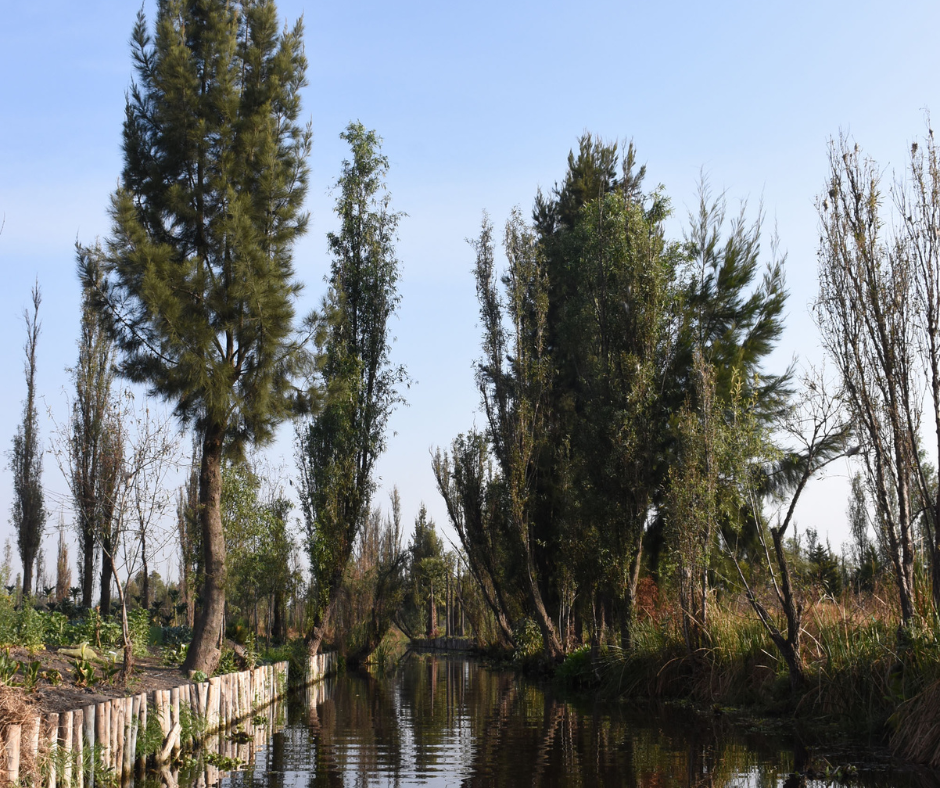
The chinampas, with their deep roots in Mesoamerican history, stand as a remarkable testament to the ingenuity of past civilizations in sustainable agriculture. These ancient ‘floating gardens’ not only sustained large populations with their efficient food production but also shaped the economic and social structures of the societies they nourished.
In the modern context, chinampas offer valuable lessons in ecological harmony and resource management. Their emphasis on sustainable practices, efficient land use, and integration with natural ecosystems provides a blueprint for contemporary urban agriculture and ecological restoration efforts. As the world grapples with challenges of food security, urbanization, and environmental sustainability, the principles underlying the chinampa system offer timeless insights, highlighting the relevance of this ancient innovation in addressing modern concerns.
Design Dash
Join us in designing a life you love.
The New Black: Charcoal, Ink, and Graphite as Core Neutrals
Across showrooms, studios, and recent client projects, black-adjacent hues—charcoal, ink, graphite—are shifting into the spotlight.
Here’s What to Do About Textured Wallcoverings That Gather Dust
Textured wallcoverings can gather dust, but they’re worth the extra effort. Here’s how to keep them clean and talk to your clients about it.
Interior Design Trend: Beaded Lamps & String Light Fixtures
To honor another interesting HPMKT interior design trend, we’ve rounded up nine fun string light fixtures and beaded lamps.
Draw Design Inspiration from These Architectural Digest Features
From Munich to Paris, we’re spotlighting three recent features from Architectural Digest that made us pause and take note.
Spring HPMKT Design Trends: Color Drenching with Confidence
The color drenching trend has been around for a few years, the desire for impactful interiors continued this season at High Point Market.
Black Leather Furniture Has Made a Fashionable Return to Interiors
When paired with walnut, oak, or birch, black leather furniture strikes a beautiful balance between complete comfort and timeless materiality.








